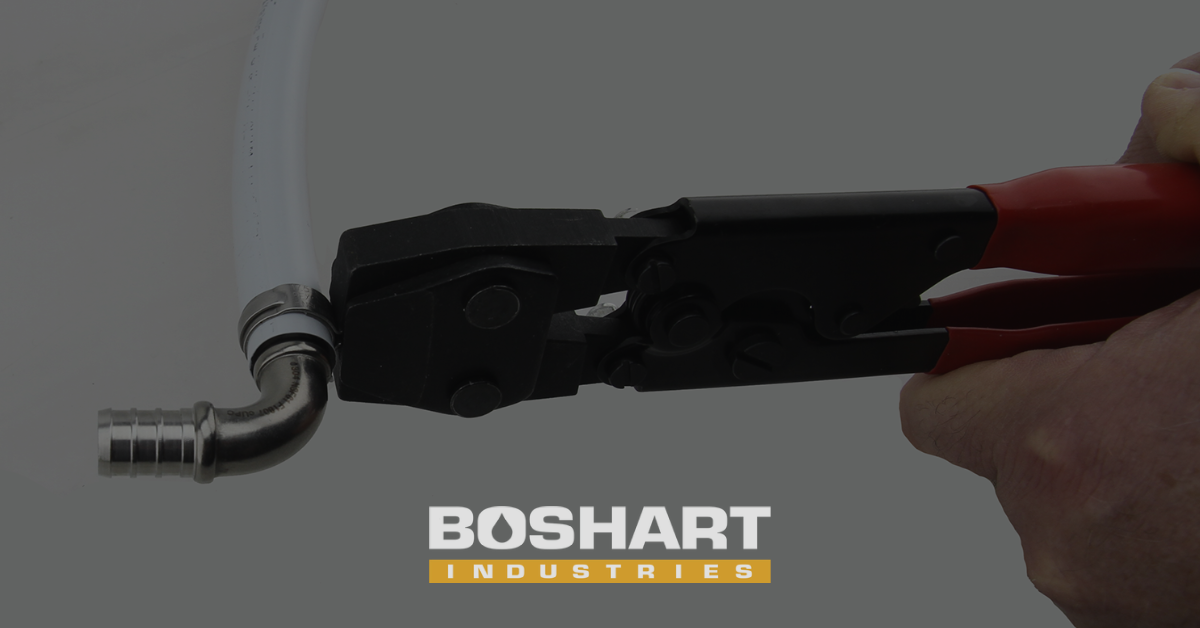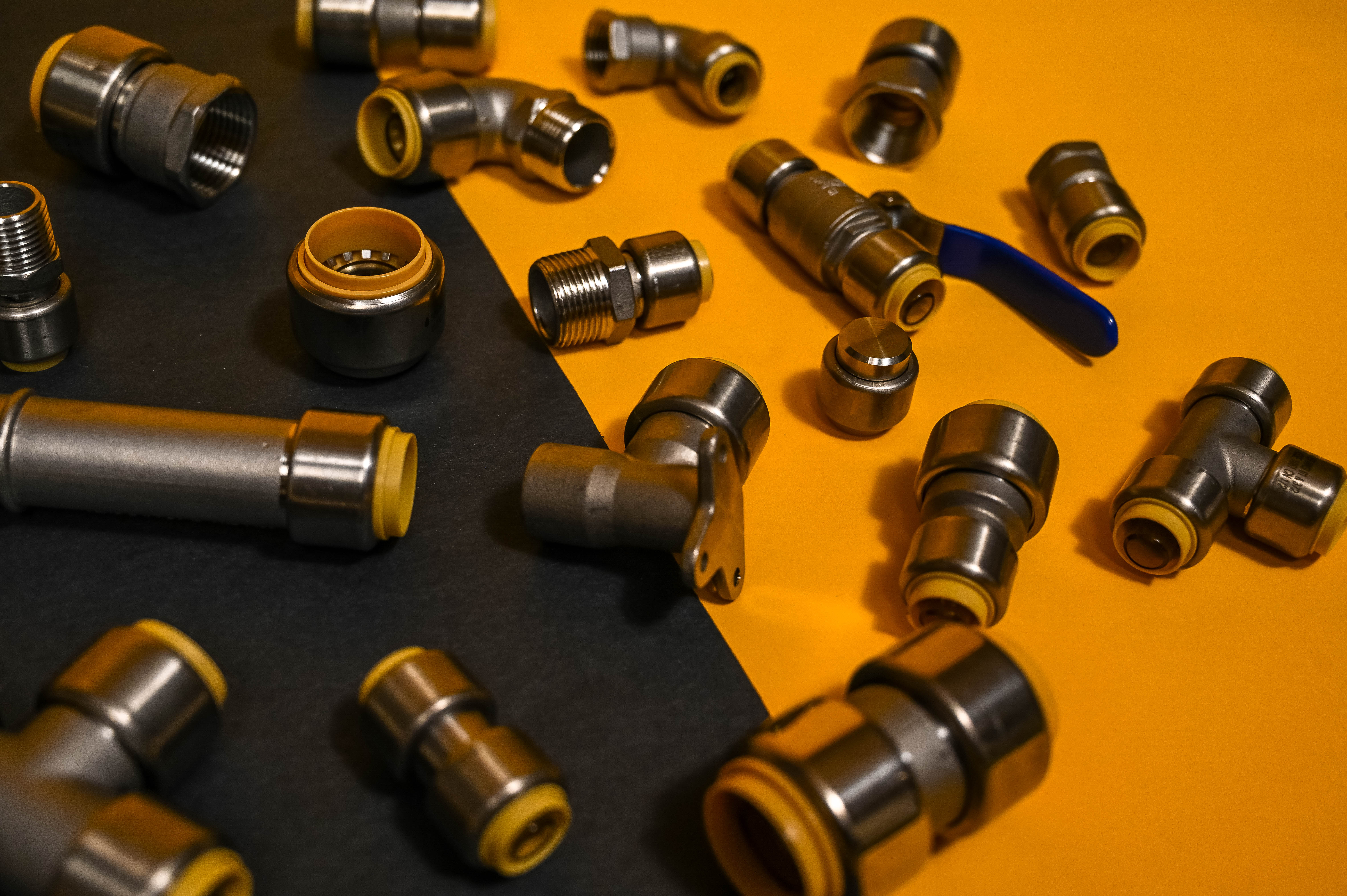Ball Valves are a very popular product used in the Plumbing industry. They can stop the flow of water coming through the line. There are 2 main material types for metal Ball Valves. Brass and Stainless Steel. With the growing popularity of stainless fittings in non-industrial applications, Stainless Steel Ball Valves continue to gain more attention.
If you want to know the Benefits of Brass Ball Valves, check out this blog.
In this blog, we are going to look at the main benefits of Stainless Steel Ball Valves. Obviously, some of these features will be the same as stainless fittings and nipples. It would not be ideal to use a Stainless Ball Valve in a brass or galvanized system, as this would cause you to mix dissimilar metals, which should be avoided when possible.
More Corrosion Resistant
Stainless as a material is much more corrosion-resistant than brass. This is an important thing to pay attention to, especially when it comes to valves. Because valves are meant to open and close, corrosion can cause big issues. If there is too much corrosion, this may cause a Ball Valve to break or become unable to move.
Stainless Steel Ball Valves will hold up much better to harsher water types. This will ensure a longer lasting valve.
Remember that if you want to have more corrosion resistance built into your system, you should be using a full stainless system.
Within the Stainless Steel Ball Valve series, there are actually two types of Stainless. 304 and 316. These are two different material grades that have different make-ups. For more corrosion resistance, you can utilize the 316 grade, as it has an element called molybdenum which increases the corrosion resistance even greater than standard 304 Stainless.
If you want to get a more in-depth understanding of the difference between 304 and 316 Stainless, check out this blog.
Pressure Ratings
Generally speaking, Stainless Steel Ball Valves have higher pressure ratings than brass. For example, a standard brass ball valve might have a Pressure rating of 600 PSI on a 1” model. A standard Stainless Ball Valve would probably have a pressure rating of 1000 PSI on a 1” model.
When you are getting into commercial, industrial or Water Well applications, having the ability to have more pressure going through the valve can be needed. This is where Stainless Ball Valves are already heavily used.
Wider Range of Applications
One of the biggest benefits of stainless is the ability to use it in so many applications. With the competitiveness of stainless steel overall, it has been gaining popularity in more usual plumbing applications. This is in addition to being used in many Industrial and Commercial applications.
The reason why Stainless is becoming more and more popular in conventional plumbing is due to the rise of No-Lead Brass pricing. When the No-Lead laws started coming into effect in many States and Provinces in North America, No-Lead Brass grew in popularity. The price difference between Leaded and No-Lead Brass is quite substantial, which brought it in line, if not a more expensive option to Stainless.
Currently, the price difference between No-Lead Brass and Stainless are very similar, and in some cases, Stainless is actually cheaper. With this being true, the ability to incorporate it into more and more applications is very tangible. The one thing to remember is that working with Stainless is different than Brass, and needs to be sealed in a specific way.
For more information on this, check out our blog How to Properly Seal Stainless Steel Fittings, Nipples & Well Supplies
Stainless Steel Ball Valves are a great option for many types of Plumbing, Water Well, and Industrial applications. Yes, this would mean installing a stainless system usually, so when you look at all the benefits of Stainless, why wouldn’t you take advantage?
Have further questions about this subject?

Head over to Boshart's Knowledge Base: technical product information, guidelines, and more.





SHARE